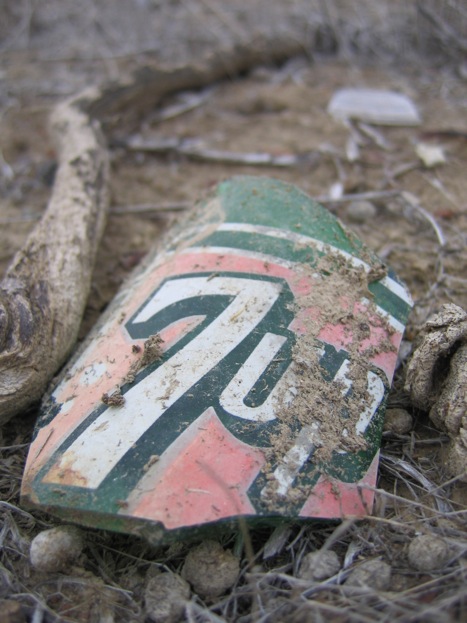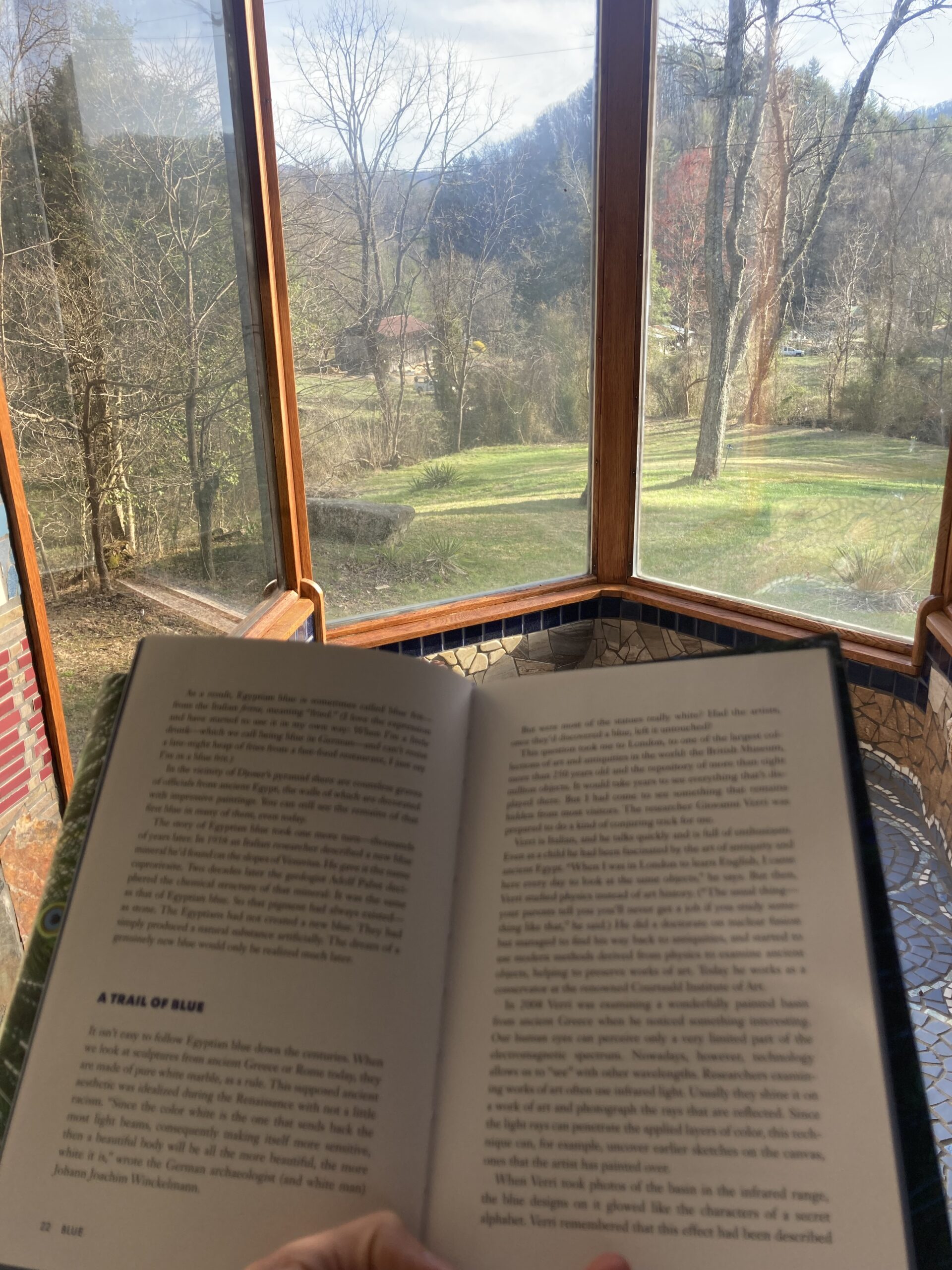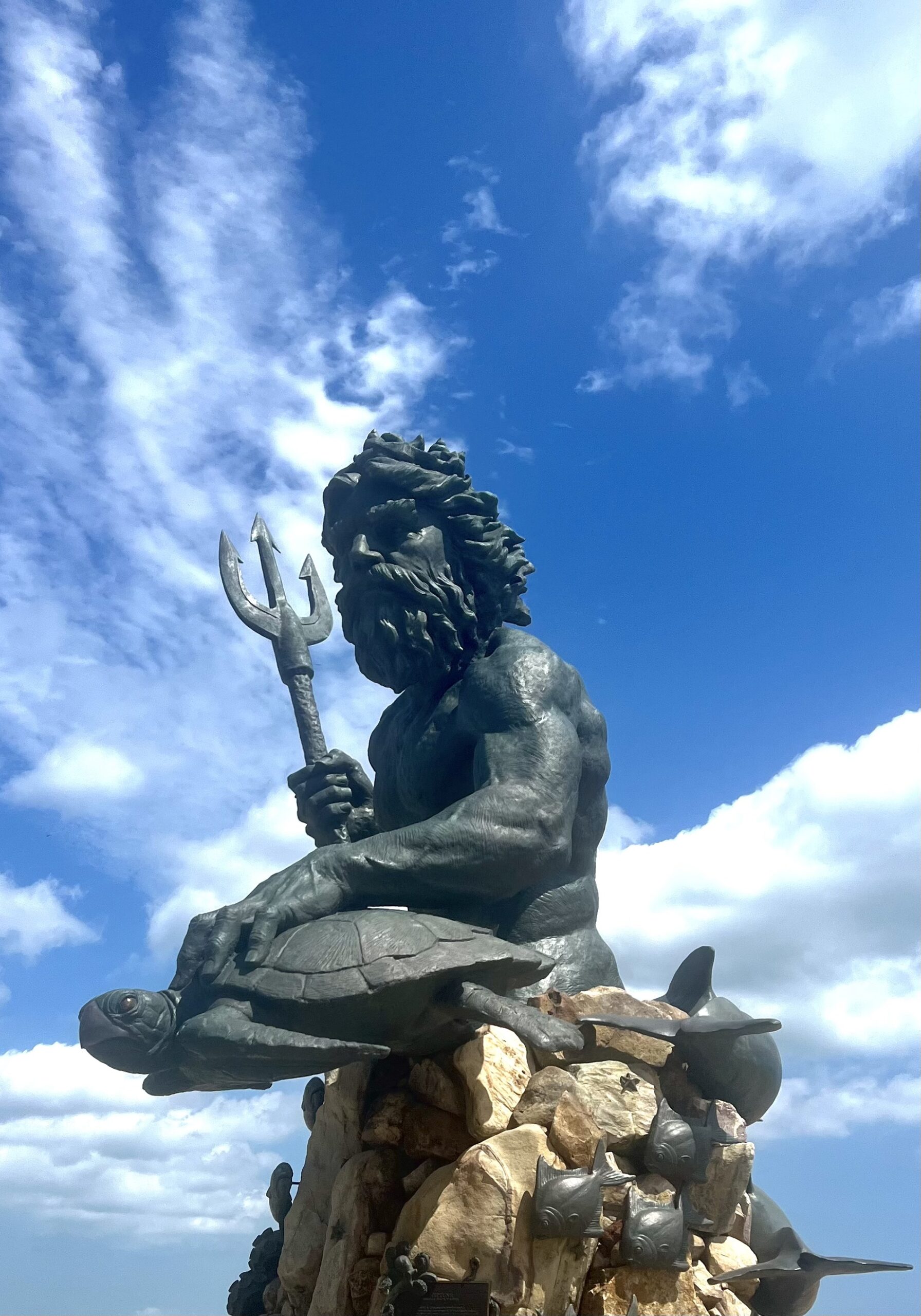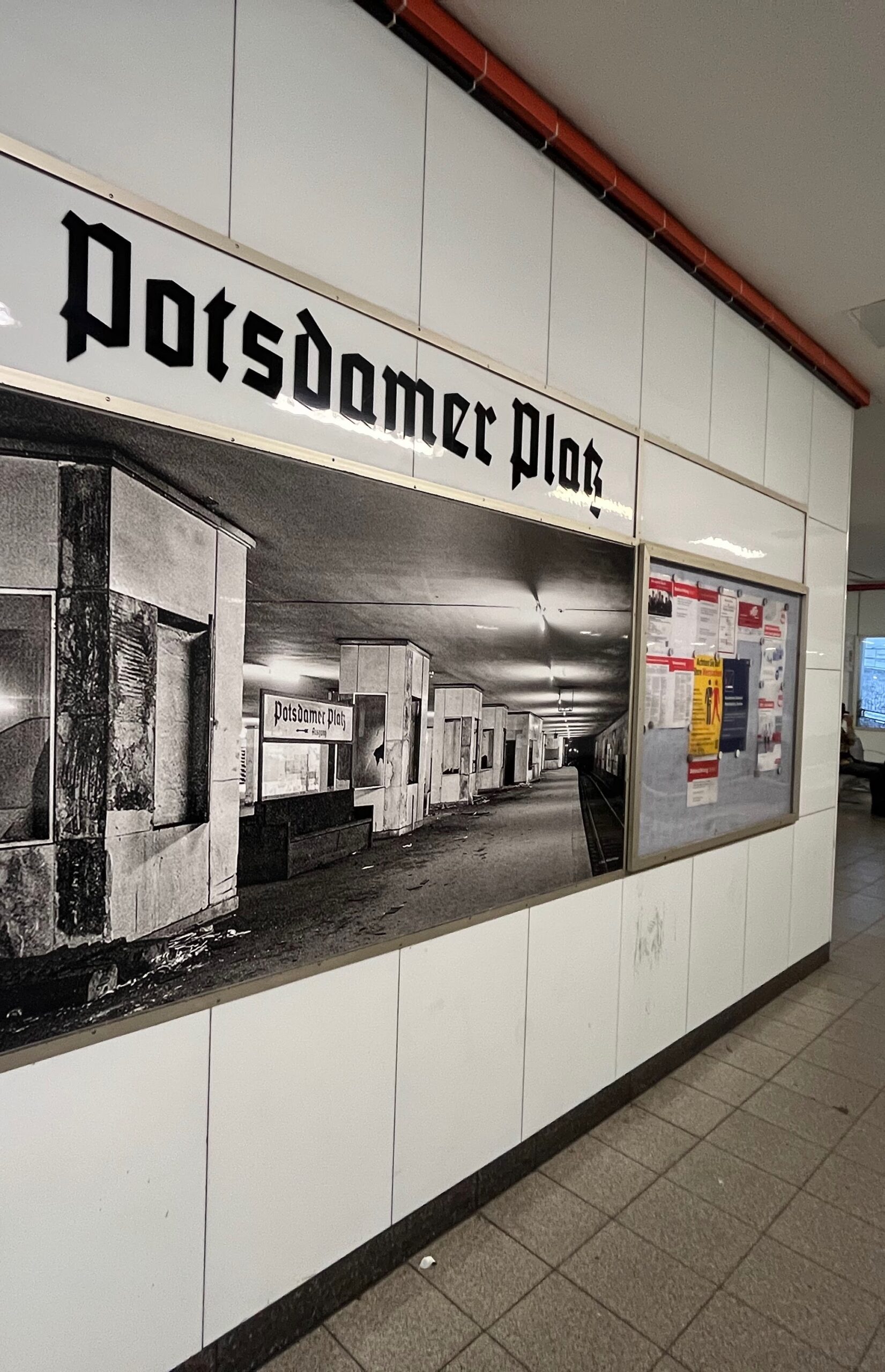
As a longtime collector of vintage American soda bottles, I’d become a bit numb to their charms. The bold funky fonts, the cheeky allure of cartoon mascots and Space Age starbursts etched into the glass – sadly, the very elements that drew me into this odd subset of antiquing had lost their luster. Then I found a cache of old bottles in the California desert.
I was hiking in an area called Buena Vista Slough. Located some thirty miles west of Bakersfield, California, the Slough used to connect two seasonal lakes that, in wet years, would cover the San Joaquin Valley. During the era of Spanish exploration and American settlement, rivers flowing from the Sierra Nevada Mountains once flooded this flat interior plain. Without a natural outlet to the Pacific, the water pooled into vast freshwater bodies. Huge trout patrolled the lakes. Millions of waterfowl gathered in the reeds – so many birds that, according to early settlers, they blackened the sky. But agricultural interests eventually damned and diverted the rivers. The lakes dried up. Now the appellation “slough”is a misnomer, with Buena Vista nothing more than a parched slit in an expanse of rust-colored scrub.
Because I harbor a peculiar interest in the San Joaquin Valley’s natural history, I recently drove to Buena Vista Slough to hike. I parked on the road’s soft shoulder, and not fifteen feet into the desert, I happened upon ancient glass. Piles of it, blue, green, brown, clear, whole bottles, half bottles, broken tops and severed bottoms, and numerous streams oftwinkling shards which crunched underfoot.
Turns out, I’d discovered a de facto dump.
In the arid American West – likely wherever vacant land was once abundant – it was once common practice to dump trash. There was no organized trash collection, either, so back in the 1920s, 30s and 40s, before the era of “No Dumping” signs, residents of small communities drove into the country and abandoned their undesirables in vacant lots. Not vacant lots of the sort you have in big cities like Philadelphia, Seattle or Detroit—those small, fenced plots littered with weeds and beer cans and local election signs. In the West, vacant lots were wild swaths of indigenous habitat that had yet to be plowed or paved over, inhabited by endemic plants and animals, many of which are now either extinct or on the endangered species list. (The San Joaquin Valley is, unfortunately, a hotbed of endangered species.) Their ownership was unknown, although they were likely part of an active ranch, or property belonging to the Forest Service or Bureau of Land Management. But in the early 20th century there was so much open land, it might as well have belonged to no one. And people used it as their dump.
When people didn’t dispose of their trash this way, they burned it in their backyards. Many had incinerators at home, or at least metal barrels. Others simply dug a pit in a far corner of their property and stuffed the rubbish in along with a squirt of gasoline and a match. Within minutes of lighting, that festering burden disappeared, everything to ash but the glass, which only melted in high heat, leaving soda and other bottles buried in the pits, their edges warped and necks bent like those of dead birds. Eventually, concern for air quality led to laws forbidding trash-fires. In fire’s place, regular garbage collection became a part of urban life. But the remains of these early, more careless days live on in Buena Vista Slough.
As a lifelong outdoorsman and environmentalist, I loathe the sight of garbage in my wild lands. Shotgun shells and cigarette butts end up in the most startling places, from the tops of 10,000-foot Cascade peaks to the bottom of the Grand Canyon. But, as an antiquer, I find such trash middens interesting. Just as Native American trash pits provide insight into ancient diets and climate patterns, modern pitsprovide a glimpse into peoples’ mindsets in a bygone era, specifically, the way people interacted with what we now consider a precious natural resource: undeveloped ecosystems, open space. And they provide a quarry for antiquers such as myself. Who can deny this upshot? Time turns de facto landfills into de facto museums, an incubator of the ancient advertising and artifacts that some of us appreciate as pop art.
Like an archaeologist who’d just stumbled upon an unrecorded Anasazi cliff dwelling, my heart pounded when I found the Slough’s glass. Here wereitems that had laid still for up to fifty years, shifted and exposed by rains, yet essentially undisturbed. I immediately started snapping photographs. I lived for such moments. I knew how infrequently they came. Even as a regular on the thrift store circuit, you can search for months and months, combing the same houseware shelves and racks of clothes in stores in the most neglected parts of town, and still not find a single vintage shirt unmarred by stains, or one rare Mr. Steak restaurant glass. But when you do find such prizes, there are few moments as gratifying. At least to us antiquers.
I walked along the sandy bed and found some of the same brands lying in the dirt that I had in my collection back home: Tab, Teem, Coke, Nehi, 7-Up, RC, dating somewhere between the 1940s and 60s. Others brands, though, I had never heard of: Belfast, Sparklettes, Three B’s. Many of the bottles weren’t from soft drinks at all. There was an ivory white tub of Ponds cold cream, half its rusted lid still attached. The lettering on another said, “Malted Milk Tablets.” The bulk of the bottles had no labels or embossed lettering to identify them. Judging from their shapes, I assumed they once contained ink, whiskey, medicine and other tinctures.Between the rigid branches of some bushes, I used a pointed, triangular rock to dig out a tall brown bottle. “FOR RE-USE OF THIS BOTTLE,” the embossed rim said, “FEDERAL LAW FORBIDS SALE.” A warbler fluttered between bushes with loud wing beats, then zoomed away.
Just as our discarded cell phones and fast food containers one day will one day map the details of our daily lives, these glass bottles revealed details about what people in rural interior California were drinking in the mid-20th century: Three B’s soda, produced by Blair’s Best Beverages, and, according to the label, bottled in L.A., San Bernardino, Bakersfield and Fresno. Back then, people drank more local sodas. To children of the 1950s, this isn’t news. To me, age thirty-six and bombarded with the “buy local” ethos of progressive urban life, it’s fascinating. Many American regions – not just Texas, say, but east Texas, even southeast Texas – boasted their own regional brands, brewed and bottled nearby and not always exported far from the manufacturing plant. Then came the rise of the national brands such as Coke and Pepsi – with regional bottling plants – and the little brands died out. You mostly find local sodas like Three B’s in antique stores now, with little handwritten price tags affixed by strings to their necks.
The thought of collectible items decomposing in landfills has always disturbed me, yet seeing these bottles showed me the beauty in decay. There in the dirt, shattered and left to rot next to rabbit droppings and kangaroo rat burrows, my beloved bottles were no longer antiques. They were just containers. Products. Things. They had, in a very real sense, shed the sacred preciousness of their collectability and returned to their original state as manufactured material to be used once and thrown away. As a collector, seeing the objects of my affection outside the precious sterility of an antique store was refreshing.
Then the greedy archaeologist in me awoke and I gathered all the intact soda bottles I could find on the Slough’s surface. Normally I would have spent hours on my knees digging for the buried treasure, turning over embarrassing volumes of dirt on this cool California spring day in order to archive and preserve and beat other antiquers to the punch, going so far as to congratulate myself on removing all that trash. Instead, I resisted my natural inclination. Digging a deep hole would have made me feel like another destructive force, no better than the trash-dumpers. Another part of me wanted to leave something behind for other wanders to discover, to preserve a little bit of history and mystery of the desert. So I pocketed my camera and climbed in my car. The rest, I left behind.
Aaron Gilbreth is an essayist, journalist and contributing editor at Longreads. He has written essays and articles for Harper’s, The New York Times, Paris Review, Vice, The Morning News, Saveur, Tin House, The Believer, Kenyon Review, Slate, Virginia Quarterly Review, Narratively, The Threepenny Review, and Brick. His essays have been listed as notables in Best American Essays and Best American Travel Writing. Curbside Splendor published his essay collection, Everything We Don’t Know, in 2016, and Outpost19 will publish his collection of jazz essays, This Is, in 2017.




